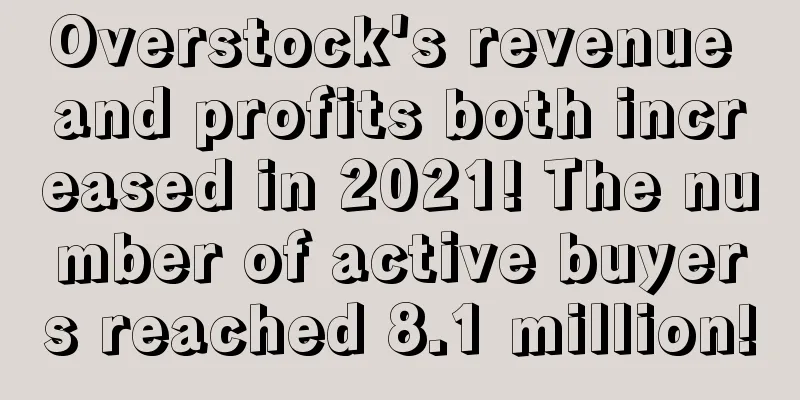Analyzing Amazon Brand Analytics: A must-have for brand sellers

|
Brand Analytics is one of the features provided by Amazon for sellers who have registered their brands. It provides sellers with extremely valuable analysis reports to help brand sellers make wise decisions about products and marketing. Data Availability: Displays the availability of Brand Analytics data.
Benefits of using Brand Analytics Compiled by ✎ Mary/ Statement: When reprinting this article, the title and original text must not be modified, and the source and original link must be retained. |
<<: How to write an Amazon tracking email?
Recommend
Cross-border circle weekly headlines | Another European blue ocean platform is open to Chinese sellers!
Platform Knows 0 1 eMAG launches new investment p...
What is Luxury Promise? Luxury Promise Review
Luxury Promise is a trading platform for second-ha...
What is Ki-Magic? Ki-Magic Review
Ki-Magic is an Amazon price management tool that h...
What is JD Global Shopping? JD Global Shopping Review
JD.HK is one of the key businesses of JD.com Group...
Barbie has made a lot of Amazon products popular, and sellers are relying on "riding on the popularity" to increase orders!
The movie "Barbie" has become a global h...
What is ShipWorks? ShipWorks Review
ShipWorks can track and process store orders and i...
Canada Post opens community service center to expand logistics network coverage!
According to foreign media reports, Canada Post re...
American Eagle Outfitters acquires robotic logistics company Quiet Logistics! Optimize the supply chain again!
It is learned that according to foreign media repo...
Big news! Amazon's big promotion has been scheduled, and sellers are planning key entrances for explosive sales in advance!
In 2025, the international political and economic ...
Amazon is in deep trouble! Accusations continue to be leveled, and sellers are also suffering?
My brother-in-law has been in a lot of trouble lat...
What is pierrebuy? Pierrebuy Review
pierrebuy is a technology-driven cross - border e-...
UPS Q3 revenue is lower than expected! Reiterates full-year performance guidance!
<span data-docs-delta="[[20,"获悉,10月25日,美国快...
What is VCKOVCKO? VCKOVCKO Review
VCKOVCKO is a store that specializes in wigs, brai...
Old links use non-formal UPCs, how can I fix this?
Old links use non-formal UPCs, how can I fix this?...
The European and American epidemic is about to break out! Sellers can’t miss this opportunity
It is no exaggeration to say that I think the epi...









